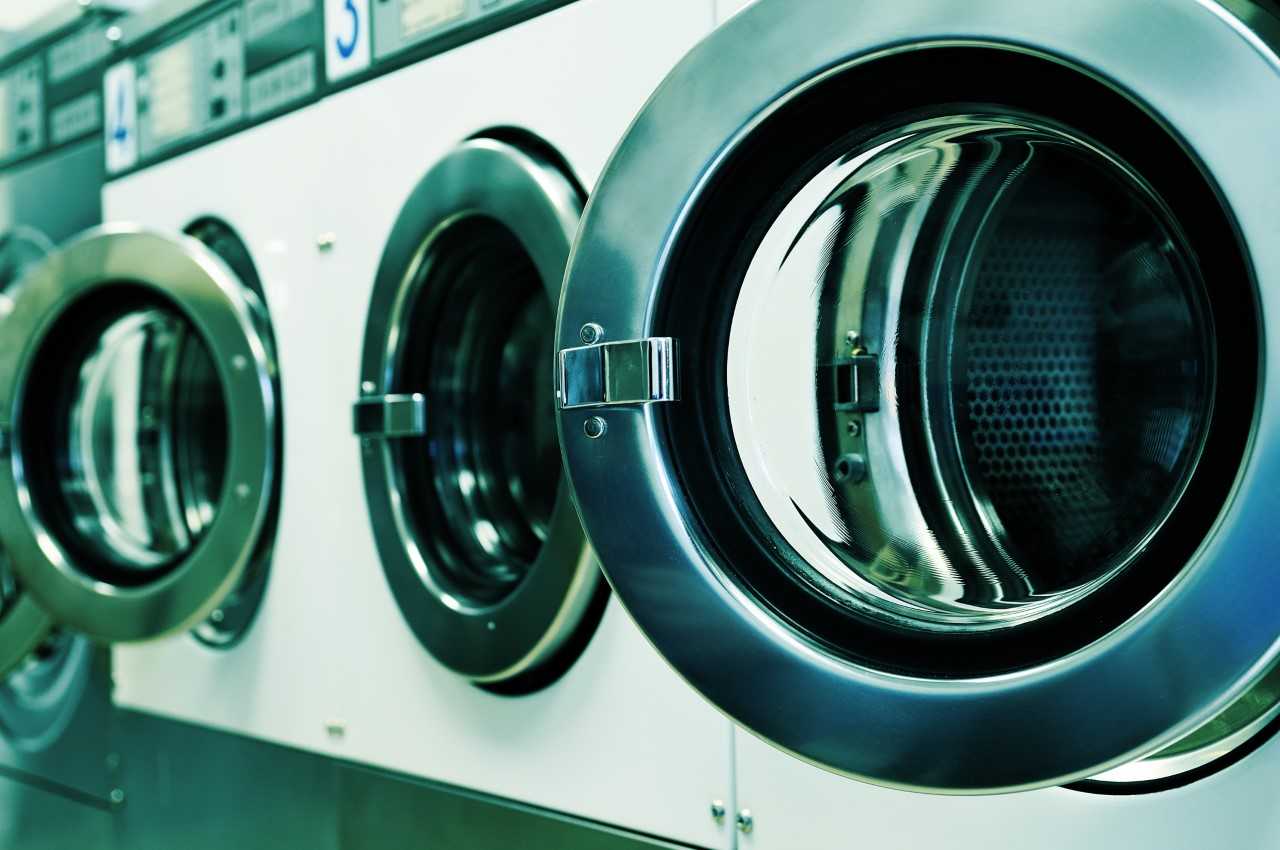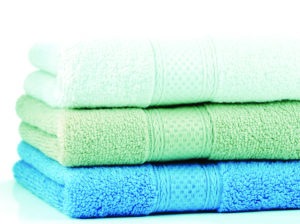
By John Goetz, Global Product Manager, Hydro Systems
Editor Note: This is Part 1 of a four part series exploring the laundering of linens in healthcare and hospitality facilities. Topics to be explored include, meeting and exceeding guest and patient linen standards, linen stains and their origins in hospitality environments, exceeding laundry healthcare standards, the benefits of a laundry dispenser, how to find the right dispenser for your facility and maintaining hygiene expectations and standards.
The Importance of Clean Linen
Many organizations rely on having a constant supply of clean linen, especially hotels and healthcare facilities. Today, the hospitality industry is faced with increasing competition as more travelers turn to short-term home rentals for stays that were once exclusively booked through hotels.[1] In fact, research released in 2018 found that in 10 U.S. cities with the largest Airbnb market share, hotels saw a 1.5 percent decline in revenue.
To secure new and repeat business and stay competitive, hotels must have every detail in order. According to research by hotel search site Trivago, more than 60 percent of travelers read online reviews before booking their hotel rooms, and 78 percent of guests expect an “above average” level of cleanliness.[2]
Furthermore, a study by consulting firm Metabolic found that quality linen can contribute anywhere from 5-20 percent of customer satisfaction ratings. [3] Linen can also have a specific impact on a guest’s experience. With brand image and profitability on the line, hotels can’t afford to provide guests with unclean bedding and towels.
Just like linens have the ability to impact a hotel guest’s perception of a property, they also have an important role in healthcare facilities: keeping patients safe.[4] From hospitals to ambulatory surgical centers to urgent care clinics to long-term care centers, there are numerous types of healthcare facilities that treat patients. Within these sites, items like bed sheets and pads, patient gowns and even privacy curtains must be properly laundered to ensure they remain clean and sanitary for the duration of a patient’s stay or for the next admitted patient.
When so much is riding on the cleanliness of linen, hotel and healthcare executives who oversee laundry operations should understand the laundry process in detail, including relevant standards, common stains, laundry facility best practices and even equipment recommendations around cleaning tools like chemical dispensers. With a sound laundry strategy, guests, patients and employees will always have clean and sanitary linen when they need it most.
Dirty Laundry
 The last thing a hotel guest wants is to be greeted with a stained duvet or dirty bathroom towels. While clean linen is a must, it’s a challenge that hotels face on a daily basis. Many properties use white linen, not only because it projects an image of luxury but because all white items can be laundered together and even bleached if necessary.
The last thing a hotel guest wants is to be greeted with a stained duvet or dirty bathroom towels. While clean linen is a must, it’s a challenge that hotels face on a daily basis. Many properties use white linen, not only because it projects an image of luxury but because all white items can be laundered together and even bleached if necessary.
There are numerous types of stains that can occur in the hospitality sector, including:
- Daily use stains: Some stains are extremely difficult to prevent, including cosmetic stains on face towels and pillow cases as well as stains from grease, oil, sauces and condiments on napkins. Even bodily fluids like saliva, sweat and blood present challenges. Many hotels also frequently deal with suntan and bronzing lotion rubbing off on pool towels. Because they’re inevitable, it’s important that a hotel’s laundry program is equipped to regularly remove these stains so that linens emerge like new.
- Accidental stains: Spills happen, whether onto a tablecloth in the hotel restaurant or onto a duvet while enjoying room service. Often, cloth napkins and even towels may be used to clean up things like coffee, wine, soft drinks and food. These accidental stains still need a very purposeful strategy when it comes to laundering. Otherwise, linen may need to be replaced more frequently than a property would like, which drives up costs. The Association for Linen Management estimates that on average, linen and linen replacement costs can amount to about 30 percent of an on-premise laundry’s (OPL’s) budget.[5]
- Guest misuse stains: While most guest stains are unknowingly or accidentally transferred to linens, others are more purposeful. For example, some guests use a bathroom towel to apply dark brown or black shoe polish if a shoe polishing cloth is not easily accessible.
- Staff misuse linen: Guests aren’t the only ones who leave dirty linen in their wake. Staff members may contribute to stains if they don’t have thorough training or if the laundry process is not managed properly. For instance, soils may emerge during the linen transport process, due to linens falling from overloaded trolleys onto dirty floors. Linen can also get caught in feeder or folder rolls, rusty belts or in the automatic folder. An extremely high dosage of a special detergent is required to remove these unpleasant black marks.
- Color bleeding and dye transfer: Color bleeding happens quite frequently with table linen, such as colored cloth napkins. It is also accelerated if linen is washed at high temperatures and/or at a high pH.
A well-executed laundry program will not only reduce the opportunity for stains and remove those that do occur, it will help bring guests peace of mind. According to a 2016 survey conducted in the UK, more than 80 percent of travelers are concerned by how often hotel bedding is washed when booking a stay.[6] The survey also revealed that 90 percent of guests expect hotels to wash duvets and pillows at least once a month, with more than half (51 percent) of these guests expecting these items to be laundered weekly or even daily.
————————————————————-
[1] https://www.forbes.com/sites/hbsworkingknowledge/2018/02/27/the-airbnb-effect-cheaper-rooms-for-travelers-less-revenue-for-hotels/#1da7f266d672
[2] https://www.bighospitality.co.uk/Article/2016/03/16/Clean-linen-has-significant-impact-on-guest-satisfaction-finds-survey
[3] https://www.metabolic.nl/in-the-news/improving-the-environmental-performance-of-hotel-linen/
[4] https://www.wabe.org/clean-linens-are-safe-linens-and-hospitals-dont-take-them-for-granted/
[5] https://www.almnet.org/
[6] https://www.boutiquehotelnews.com/home/news/2016/2/11/survey-reveals-guest-concerns-over-cleanliness-of-hotel-bedding/
—————————————————————-
Read Part Two of Hospitality and Healthcare Linen Operation Insights here
Read Part Three of Hospitality and Healthcare Linen Operation Insights here
Read Part Four of Hospitality and Healthcare Linen Operation Insights here
About the author:
 John Goetz is global product manager at Hydro Systems.
John Goetz is global product manager at Hydro Systems.
Hydro Systems is an independent manufacturer of chemical injecting, proportioning, dispensing and medicating equipment. Goetz can be reached at jgoetz@hydrosystemsco.com.













